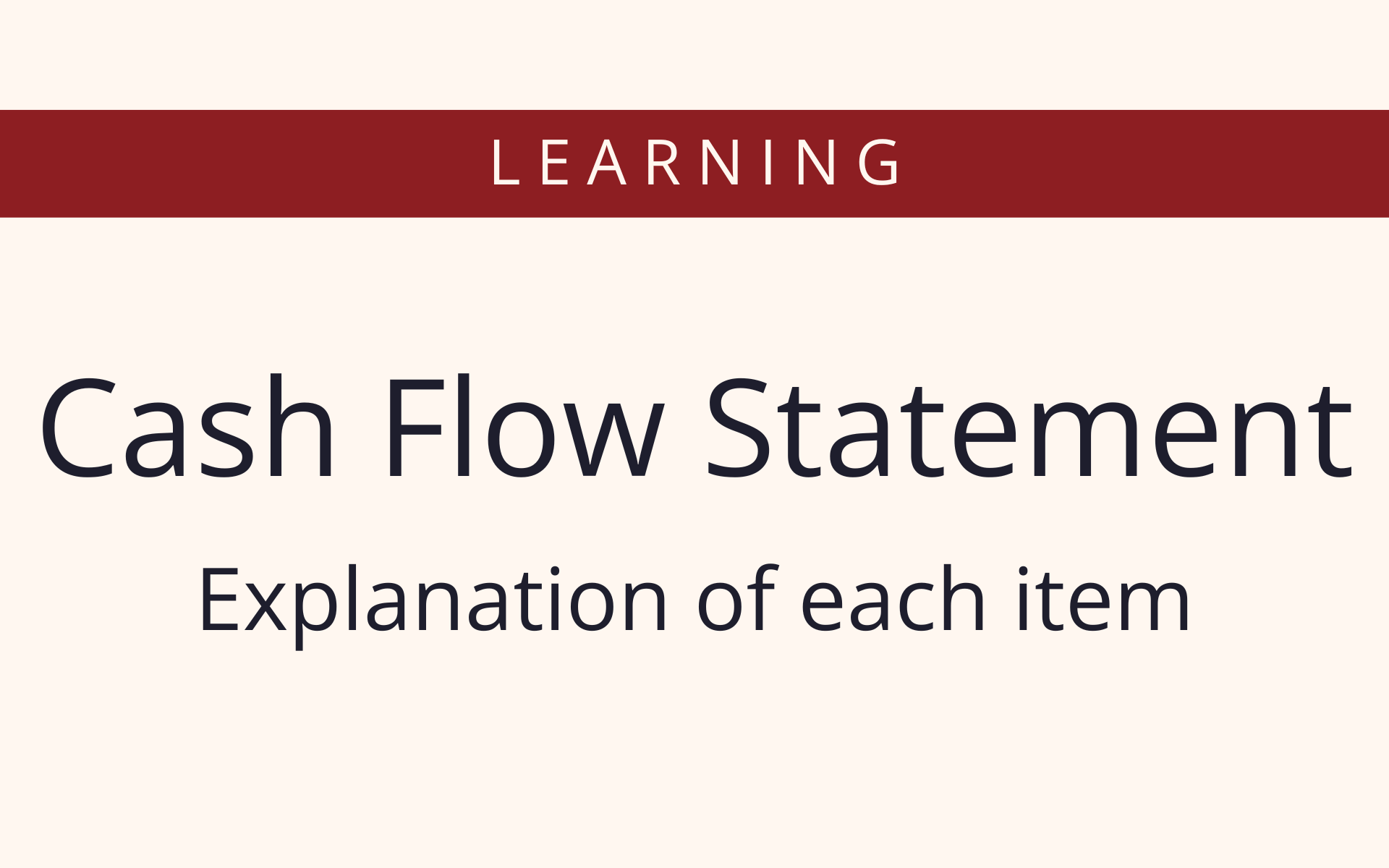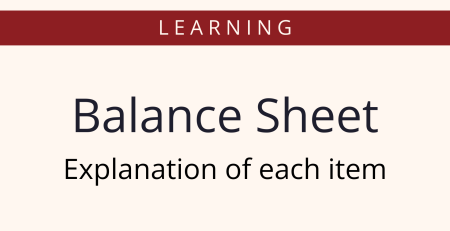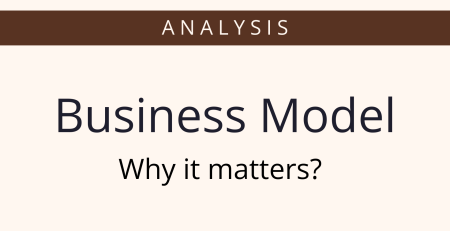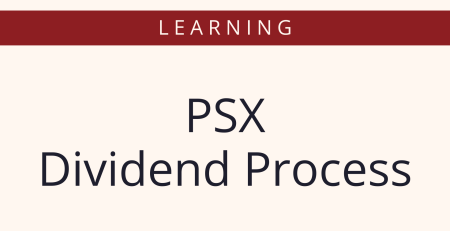Posted by: KSEStocks Explainer
Post Date: May 15, 2023
Cash Flow Statement – A beginner’s guide
A brief explanation of each item found on the cash flow statement of a company.
| Item | Explanation | Example |
|---|---|---|
| Net Income to Stockholders | The total profit or earnings of a company after deducting all expenses, including taxes and any dividends paid to preferred stockholders. | If a company has a net income of $100,000, this represents the profit available to stockholders after accounting for all expenses. |
| Depreciation & Amortization (CF) | The non-cash expenses recorded for the depreciation of tangible assets and the amortization of intangible assets, which are deducted to reflect the gradual loss in value over time. | A company may record $50,000 in depreciation and $20,000 in amortization, reflecting the wear and tear of physical assets and the expiration of intangible assets. |
| Amortization of Deferred Charges (CF) | The gradual reduction of expenses related to deferred charges or costs, such as pre-paid expenses or deferred financing costs, over their respective useful lives. | If a company paid $10,000 in advance for insurance coverage for the next two years, $5,000 would be amortized each year. |
| Stock-Based Comp | The value of stock options or equity-based compensation given to employees or executives as part of their remuneration package. | If a company grants stock options with a value of $30,000 to employees, this amount would be considered as stock-based compensation. |
| Change In Accounts Receivable | The difference in the amount of accounts receivable (money owed to the company by customers) between the current and previous accounting periods. | If accounts receivable increased from $50,000 to $70,000, there was a change of $20,000 in accounts receivable. |
| Change In Inventories | The difference in the value of inventories (goods held for sale or production) between the current and previous accounting periods. | If inventories decreased from $100,000 to $80,000, there was a change of -$20,000 in inventories. |
| Change in Other Net Operating Assets | The change in the value of other net operating assets, which can include prepaid expenses, accrued income, or deferred revenue, among others. | If the value of prepaid expenses increased by $5,000, there was a change of $5,000 in other net operating assets. |
| Other Operating Activities | Miscellaneous cash flows from operating activities that are not specifically identified in other categories. | Examples include cash received from litigation settlements or payments for restructuring expenses. |
| Cash from Operations | The net cash generated or used by a company’s operating activities, calculated by adjusting net income for non-cash items and changes in working capital. | If a company has a cash from operations of $80,000, this represents the net cash generated by its day-to-day operations. |
| Capital Expenditures | The cash outflows for acquiring or improving long-term tangible assets, such as property, plant, and equipment (PPE). | If a company spends $200,000 to purchase new manufacturing machinery, this amount would be considered as capital expenditures. |
| Cash Acquisitions | The cash outflows for acquiring other companies or investments. | If a company spends $1 million to acquire a competitor, this amount would be considered as cash acquisitions. |
| Other Investing Activities | Miscellaneous cash flows related to investing activities that are not specifically identified in other categories. | Examples include cash received from the sale of investments or loans made to other companies. |
| Cash from Investing | The net cash generated or used by a company’s investing activities, including the buying or selling of long-term assets, investments, or other strategic activities. | If a company sells a piece of property for $500,000 and purchases new equipment for $200,000, the net cash from investing would be $300,000 ($500,000 – $200,000). |
| Dividends Paid (Ex Special Dividends) | The cash outflows made by a company to distribute dividends to its shareholders, excluding any special or one-time dividends. | If a company pays regular dividends of $50,000 to its shareholders during the year, the dividends paid (ex special dividends) would be $50,000. |
| Special Dividend Paid | A one-time cash payment made by a company to its shareholders in addition to regular dividends, usually resulting from extraordinary circumstances such as a significant profit or asset sale. | If a company pays a special dividend of $1 million to its shareholders due to an exceptional one-time profit, the special dividend paid would be $1 million. |
| Long-Term Debt Issued | The cash inflows resulting from the issuance or borrowing of long-term debt, such as bonds or loans, to finance a company’s operations, acquisitions, or capital expenditures. | If a company issues $2 million in bonds to fund the construction of a new manufacturing facility, the long-term debt issued would be $2 million. |
| Long-Term Debt Repaid | The cash outflows made by a company to repay or reduce its outstanding long-term debt obligations. | If a company repays $500,000 of its long-term bank loan during the year, the long-term debt repaid would be $500,000. |
| Repurchase of Common Stock | The cash outflows made by a company to buy back its own shares of common stock from the market, reducing the number of shares outstanding. | If a company spends $1 million to repurchase its own shares from the open market, the repurchase of common stock would be $1 million. |
| Other Financing Activities | Miscellaneous cash flows related to financing activities that are not specifically identified in other categories. | Examples include cash received from the issuance of preferred stock, payments made for lease buyouts, or proceeds from the sale of treasury stock. |
| Cash from Financing | The net cash generated or used by a company’s financing activities, including obtaining capital from issuing stocks or bonds, repaying debt, or distributing dividends to shareholders. | If a company issues new shares of common stock and raises $1.5 million, repays $800,000 of long-term debt, and pays dividends of $200,000, the net cash from financing would be $500,000 ($1.5M – $800K – $200K). |
| Beginning Cash (CF) | The cash balance at the beginning of the accounting period, which represents the amount of cash available to a company at the start of the period. | If a company had a cash balance of $100,000 at the beginning of the year, the beginning cash would be $100,000. |
| Foreign Exchange Rate Adjustments | Adjustments made to cash flows due to changes in foreign exchange rates when the functional currency of the company is different from the currency in which the cash flows are reported. | If a company operates in multiple countries and experiences a foreign exchange loss of $10,000 due to unfavorable currency fluctuations, the foreign exchange rate adjustments would be -$10,000. |
| Additions / Reductions | Cash flows resulting from non-operating activities that increase or decrease the company’s cash balance, such as investments, loans, or other financial transactions. | If a company receives $50,000 from the sale of an investment and makes a loan payment of $20,000, the additions/reductions would be $30,000 ($50,000 – $20,000). |
| Ending Cash (CF) | The cash balance at the end of the accounting period, which represents the amount of cash available to a company at the end of the period. | If a company had an ending cash balance of $150,000 at the end of the year, the ending cash would be $150,000. |
| Levered Free Cash Flow | The cash flow available to the company’s investors after accounting for interest payments on outstanding debt and capital expenditures necessary to maintain and grow the business. | If a company generates $500,000 in operating cash flow, pays $100,000 in interest on its debt, and spends $200,000 on capital expenditures, the levered free cash flow would be $200,000 ($500,000 – $100,000 – $200,000). |
| Cash Interest Paid | The cash outflows made by a company to pay interest on its outstanding debt obligations. | If a company makes a cash payment of $50,000 as interest on its loans during the year, the cash interest paid would be $50,000. |
⚠️ This post reflects the author’s personal opinion and is for informational purposes only. It does not constitute financial advice. Investing involves risk and should be done independently. Read full disclaimer →












Leave a Reply